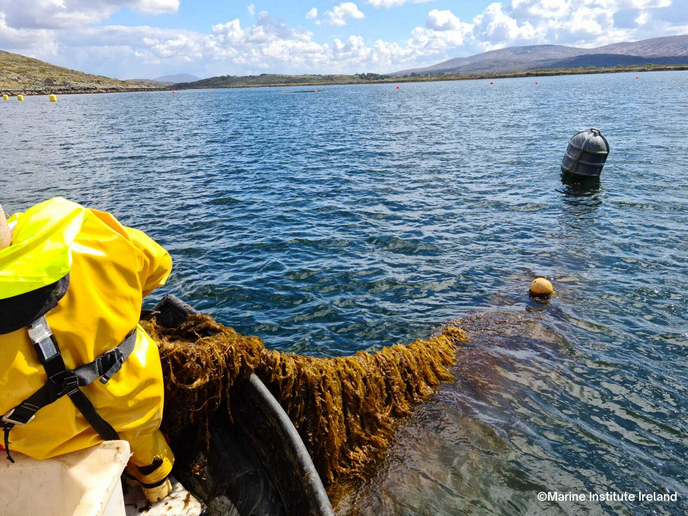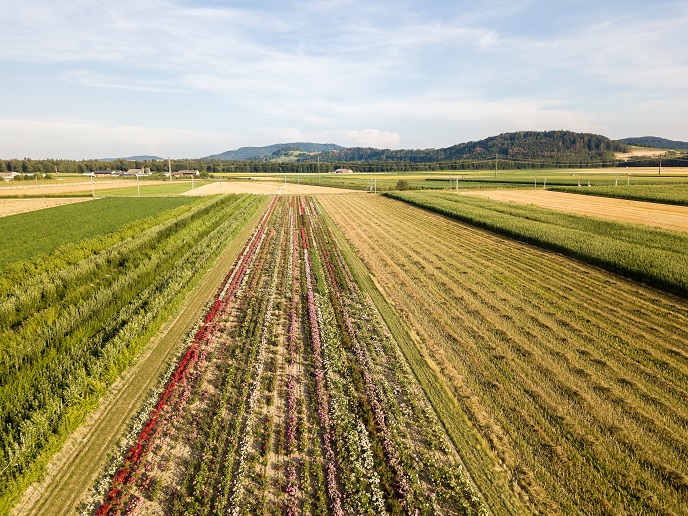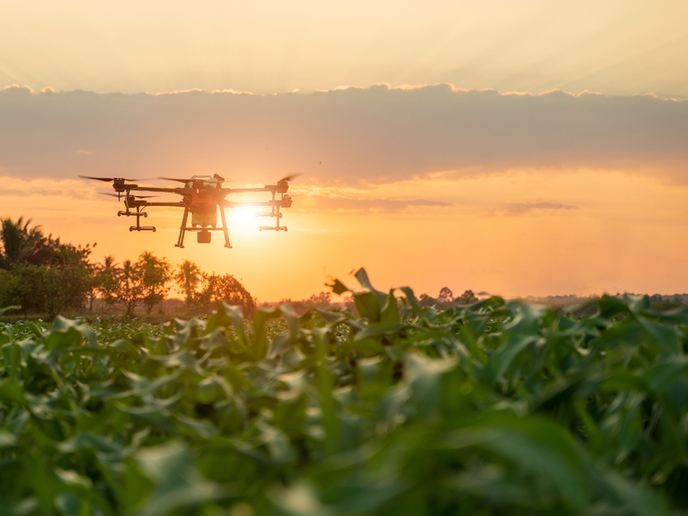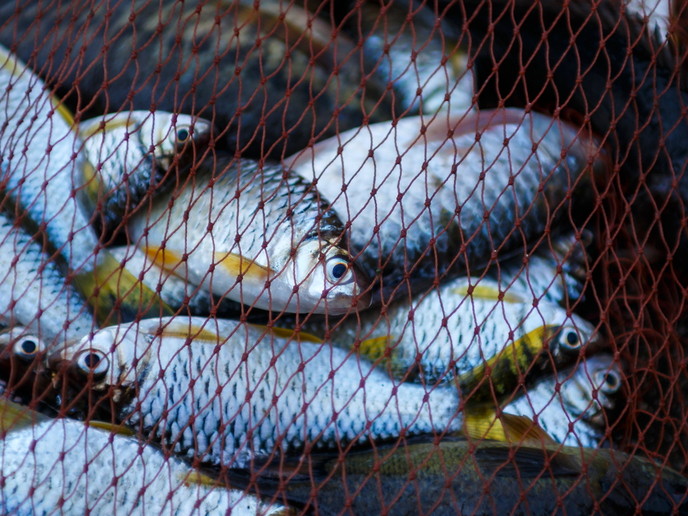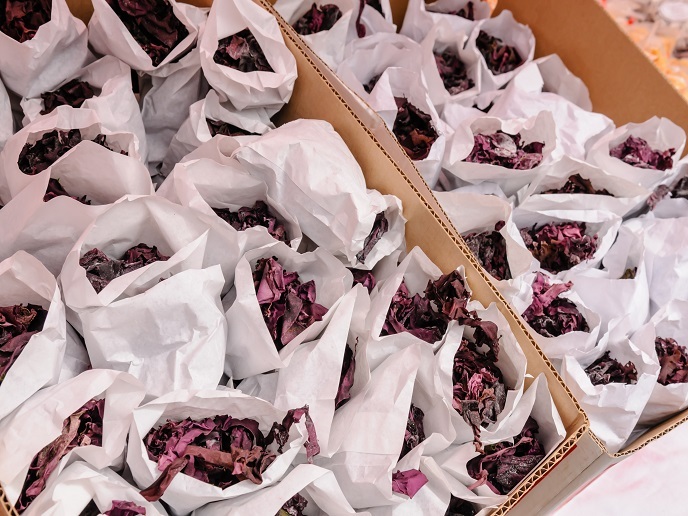Nature-inspired aquaculture
Integrated multi-trophic aquaculture (IMTA) leverages natural ecosystem processes to improve sustainability, efficiency, and economic performance. It integrates species from different trophic levels in the same system, allowing the feeds, waste, and nutrients from one species to be recycled and utilised by other species. IMTA can be practised in open-water and on-land systems, in marine or freshwater environments.
Developing IMTA production chains in the Atlantic
Dating back 4 000 years to the late Han dynasty in Asia, IMTA is still in the pre-commercial phase of development in Western countries. The EU-funded ASTRAL project aimed to bridge this gap and establish experimental IMTA systems across the Atlantic region. “We brought together research labs and aquaculture industries across Argentina, Brazil, Ireland, Scotland, and South Africa to design IMTA production chains in each of the regions,” explains project coordinator Elisa Ravagnan. The main goal was to increase circularity by up to 60 % compared to monoculture aquaculture and increase diversification of income for producers. ASTRAL employed both open-water and land-based IMTA. The latter involves land-based cultivation and utilises recirculating aquaculture systems and biofloc technology-based systems, enabling better control of environmental parameters and water quality. The former, however, is offshore cultivation where aquaculture infrastructure is anchored in the sea and continues to interact with the environment throughout.
Key deliverables and technological innovation
ASTRAL demonstrated the opportunities that IMTA production can create and assessed their sustainability through a series of evaluations, supported by technological development, partnerships, and knowledge exchange. Experimental IMTA labs validated species combinations, optimised culture techniques, and improved biosecurity measures. Infrastructure design also supported increased circularity and efficiency. In terms of sustainability, environmental and socioeconomic assessments demonstrated that IMTA aligns with circular economy principles by enhancing bioremediation of nutrients and improving economic resilience in aquaculture communities. However, regulatory aspects, start-up investment costs, and licensing procedures remain barriers to the large-scale adoption of IMTA. ASTRAL also made technological advancements which have been incorporated into a technology user guide for water quality and biomass monitoring. The guide introduces cost-effective kits, biosensors, AI-enabled image analysis, and microplastic detection tools. In addition, the AI data analytics platform can predict water quality and ecosystem interactions, allowing data-informed decision-making in IMTA operations.
An international aquaculture network
In addition to scientific advances, ASTRAL has played a key role in building international collaboration and knowledge exchange in sustainable aquaculture. The project led to the creation of the Atlantic Aquaculture Network, a stakeholder platform bringing together researchers, industry stakeholders, and policymakers to promote the uptake of sustainable aquaculture practices in the Atlantic region. The consortium delivered technical training workshops in eight Atlantic countries and over 50 school clubs in the All-Atlantic Blue Schools Network. These actions aimed to establish an environmentally aware and well-trained future workforce. Looking ahead, the next step for IMTA development is to expand production to commercial levels and address remaining regulatory and economic challenges. Following the success of ASTRAL, future initiatives can continue to mainstream IMTA into aquaculture, towards a more sustainable and resilient food production system for generations to come.
Keywords
ASTRAL, Atlantic, water quality, ΙΜΤΑ, integrated multi-trophic aquaculture, recirculating aquaculture systems, biofloc technology, biosensor



